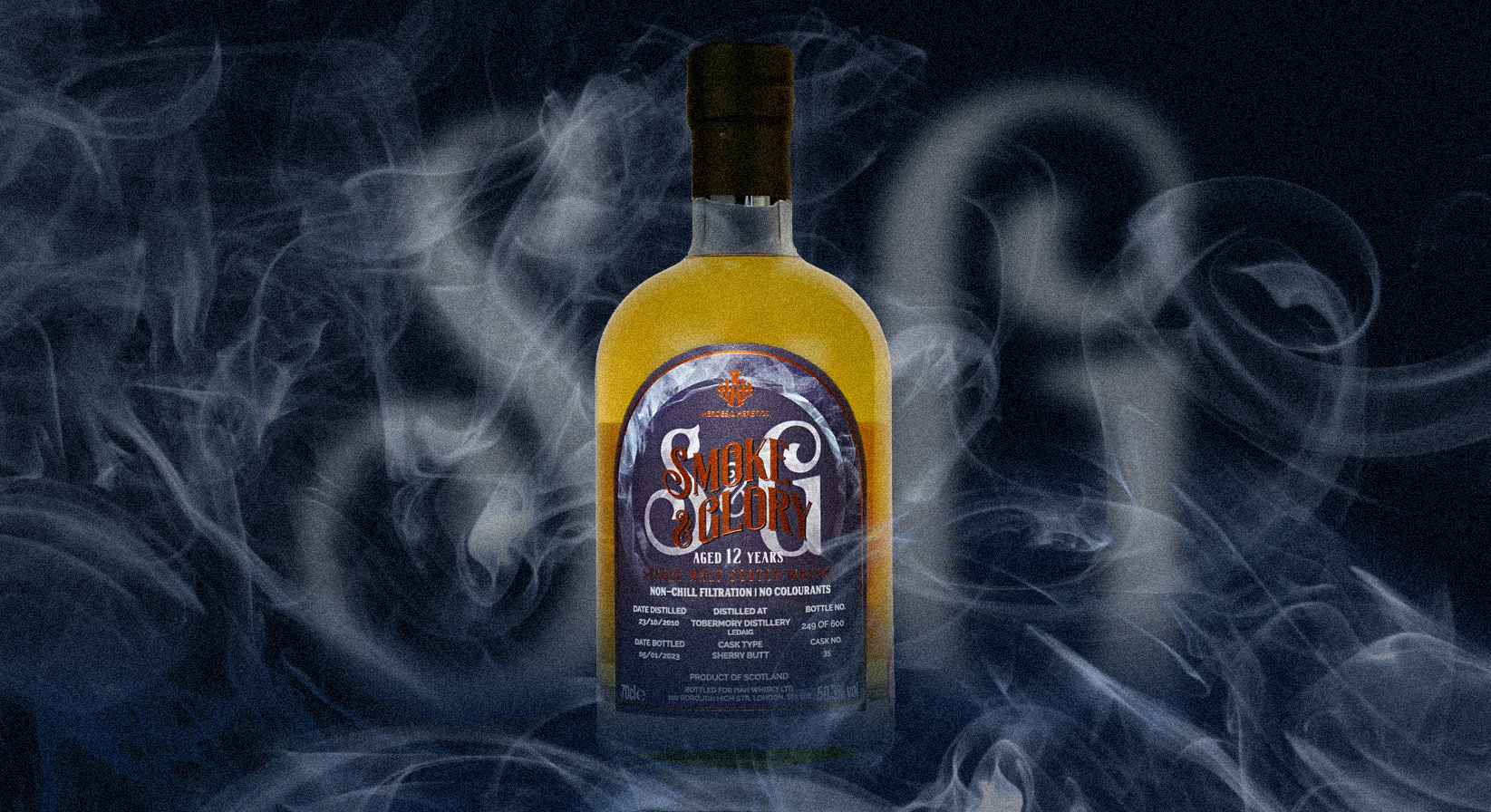The thing is that human beings have always been mythmakers; we are meaning-seeking creatures. Myths like the Loch Ness Monster (a myth) and that bit about oysters improving your sex life (probably a myth). Myths about food and drink are common, like it is dangerous to drink whisky with oysters (it is not). It is just a myth, but some people contend that whisky causes the raw Molluscs to turn to rocks or become pickled in the stomach.
As a Scientist, I decided to explore this myth further in doing so I found a legend. There is a theory in fine dining that ‘what grows together goes together’. The term ‘oyster’ is the common name for a few different families of salt-water bivalve Molluscs that live in marine or brackish habitats. In some species, the valves are highly calcified, and many are somewhat irregular in shape. Many, but not all, oysters are in the superfamily >Ostreoidea.
Some types of oysters are commonly consumed cooked or raw, and in some locales, are regarded as a delicacy. Oysters, it turns out, pair fantastically with whisky, particularly Scotch from coastal regions, which provide a certain mix of spice, salinity, and (often) smoke that can simultaneously complement an oyster’s brininess while also cutting right through its rich creaminess.

So, my experiment was rigorously conducted at the White Horse Oyster Bar (226 Canongate, Edinburgh). They have a tremendous offer from Monday to Thursday (from 4 pm to 6 pm) of £ 1 per oyster. What an opportunity to experiment and explore.
The 4 oysters on offer where:
- Caledonian (The Caledonian Oyster Co Ltd is a family business, farming oysters in the clear waters of Loch Creran, just north of Oban in Argyll; big fruity flavour with tangy finish)
- Barra (Where a continent meets an ocean, sitting in the midst of the wild Atlantic Ocean is the beautiful Isle of Barra. Fresh and clean with pronounced salinity)
- Carlingford (Carlingford Lough in Ireland, where oysters have thrived for many centuries; nutty and sweet with a delicious after taste)
- Loch Fyne (Located near Inveraray in Argyll, Scotland, they are the only oyster farmers in the UK to have their own hatchery and nursery; soft with a clean zinc finish)
Then there was the choice of malt whisky. There was much discussion with a knowledgeable bar person about the merits of each whisky and I was heavily influenced by the thought of pairing a maritime malt with the divine Mollusc. I decided upon Old Pulteney, Twelve Years Old. It is matured in fine oak, hand-selected ex-bourbon casks, gently absorbing the distinctive sea air. It is lively, with a delicate mineral-salted spiciness, Old Pulteney Twelve Years Old is a singular and evocative spirit – trulyThe Maritime Malt.
As the man behind the town’s 19th Century fishing boom, Sir William Pulteney put Wick on the map, but today the Pulteney name is better known for its unique single malt whisky. Distilled and matured by the sea, the liquid in our casks is cocooned by salty air-swept ashore on Arctic winds. Since 1826, Pulteney Distillery has endured everything nature and man can throw at it, including 25 years of prohibition. Old Pulteney is inseparable from the spirit of the harbour town it calls home.

The method (scientists would call it a protocol) for eating and drinking the oysters and whiskey was as follows (and this experiential and non-scientific):
- Smell the whisky and take on board the flavour profile.
- Drink the brine from the chosen Oyster.
- Sip some whisky.
- Eat the oyster (allow the flavours to appear on the tongue)
- Sip the whisky
- Pour a small amount of whisky into the shell
- Drink this liquor.
- Take a sip of water to clean the palette.
- Repeat for each oyster

An oyster shell is the original shot glass, looking at the vessel itself, it’s the best cup to drink whisky from. The oyster brine as a key part of the oyster taste experience. The saltiness prepares the mouth for the rounded, luxuriousness of the oyster.
The Old Pulteney was a beautiful colour, flickering from amber to gold and copper. It had subtly intense waves of fresh brine, toffee and salty sea air – the Caithness coastline in a glass, with honey, vanilla and spicy fruit washing across the palette in a faintly salty, long-lasting finish.
It’s a magnificent pairing—it’s the ocean and the ocean. The briny flavours are the result of their ocean environment, making them an excellent accompaniment for any of the 4 oysters. Throughout all four varieties of oyster, the Whisky’s smoke brought out the sweetness, while the brine of the oyster added a gentle saltiness to the Whisky.
If they grow together, they go together – the perfect combination despite the myths. I was in love (not very scientific) with the taste pairing. Scotch whisky distilleries often are a stone’s throw from where oysters grow. Whisky derives its terroir from the place where it is distilled and matured, just as an oyster comes from its marine surroundings. When pairing the two, you find different layers within the whisky and the oysters. It’s a natural pairing, as they are whiskies of the sea itself. The alcohol content does help cut through, but there is something about the smoky characteristics that complement the sea characteristic of oysters.
Many believe that flavours can be connected to place. Sampling Champagne in the Champagne region of France differs from trying it in a bar in Edinburgh. A freshly poured glass of Asahi beer in a small izakaya eatery in Tokyo tastes different from enjoying the same in Hong Kong. Psychologically, a tasting experience is more authentic when enjoyed in the place it was created.
So here is a seaworthy experiment for you (and continuing for me at the White Horse, as I try all the other malts available): next time you order fresh shucked oysters, skip the traditional pairings of Champagne, Sancerre and other crisp whites, and look to scotch. Both experiences are about terroir, the environmental factors that give a crop its unique character.
Oh and the bill for my 45 minute divine experience (and scientific experiment) was £ 8.20. Wow – truly a legend in the making.

Enjoy



You must be logged in to post a comment.